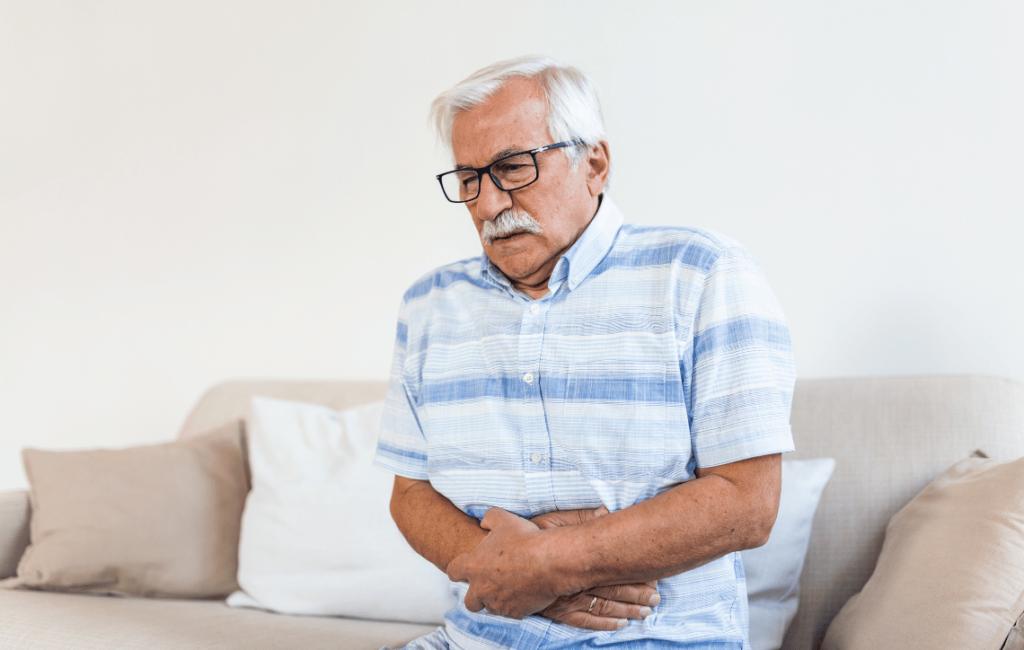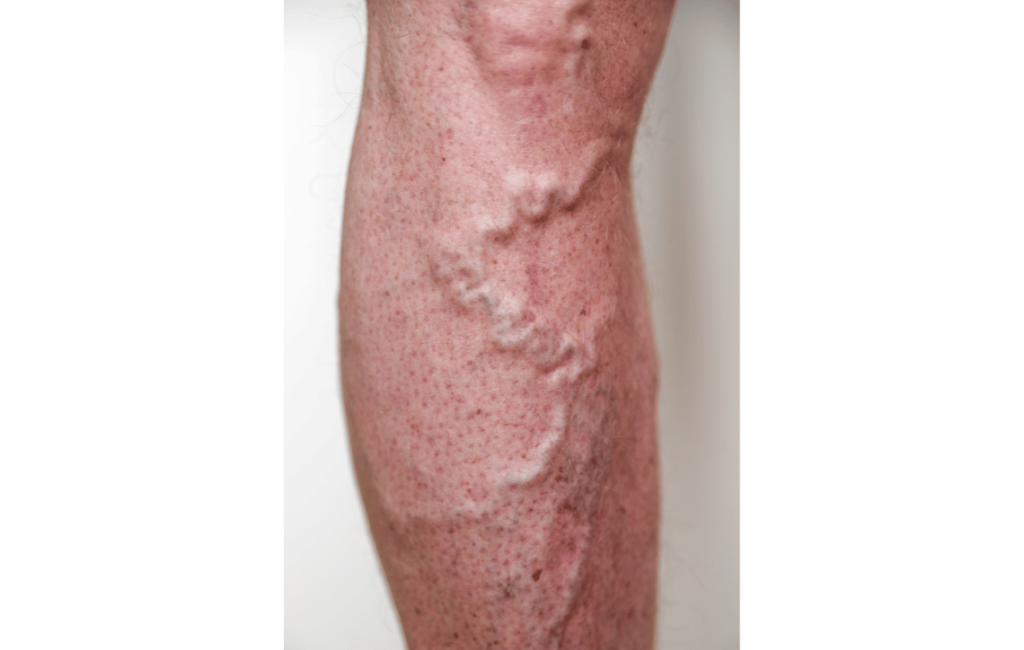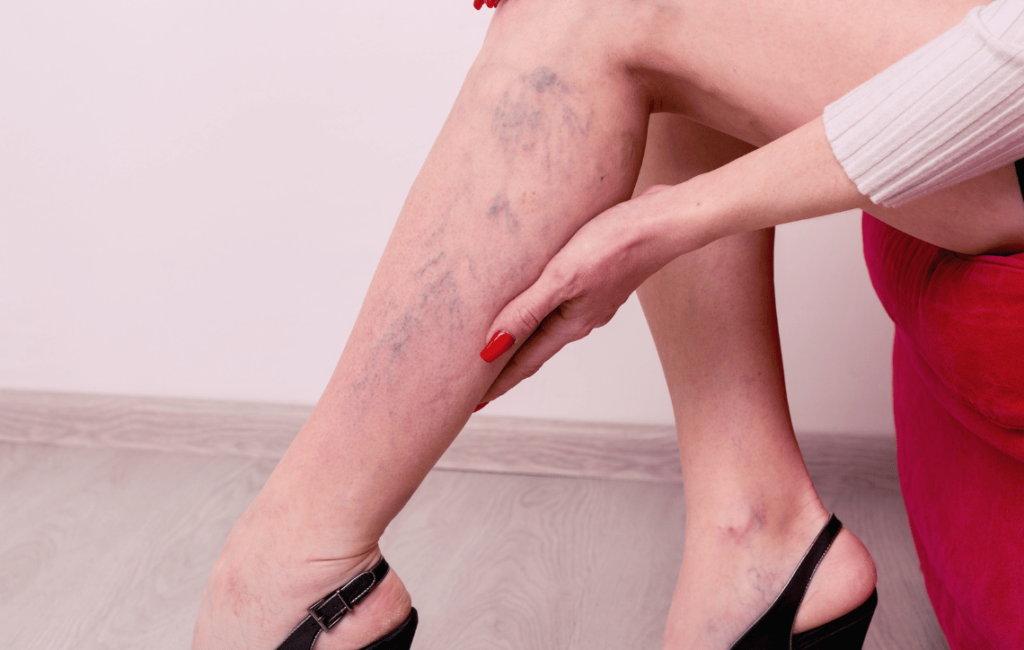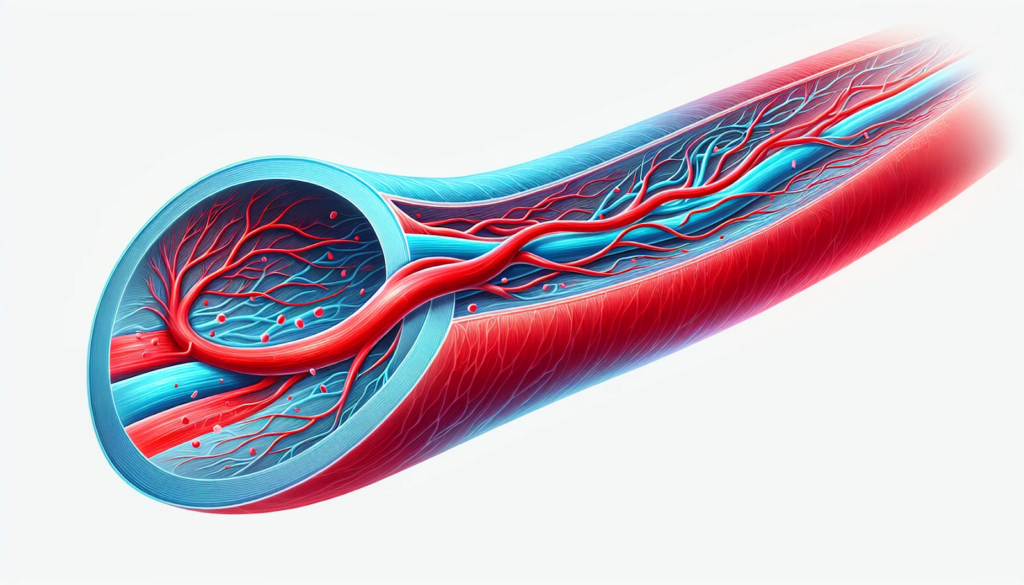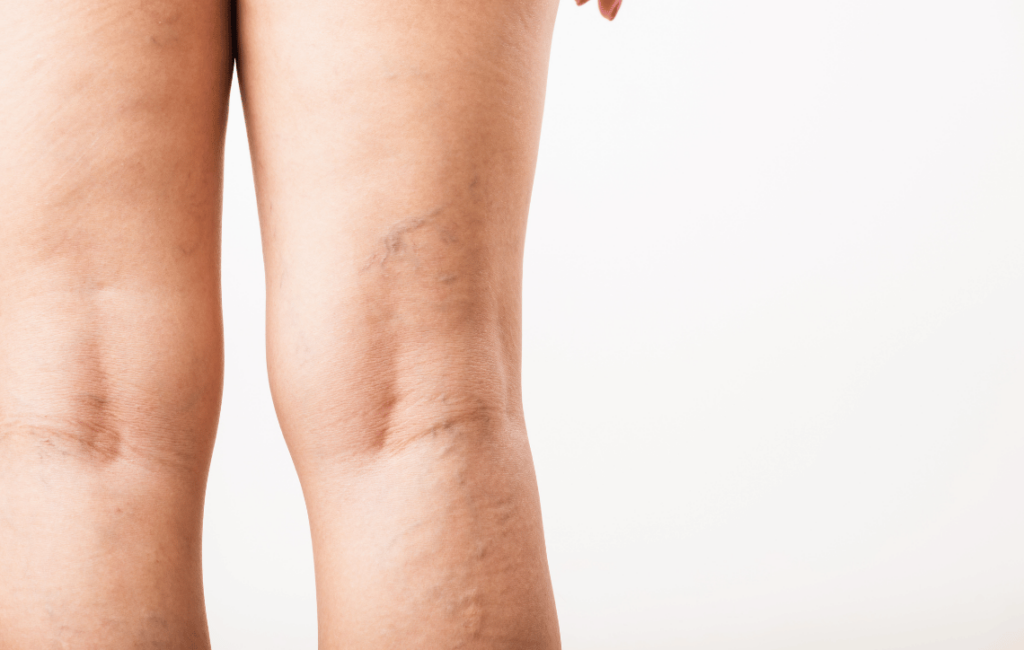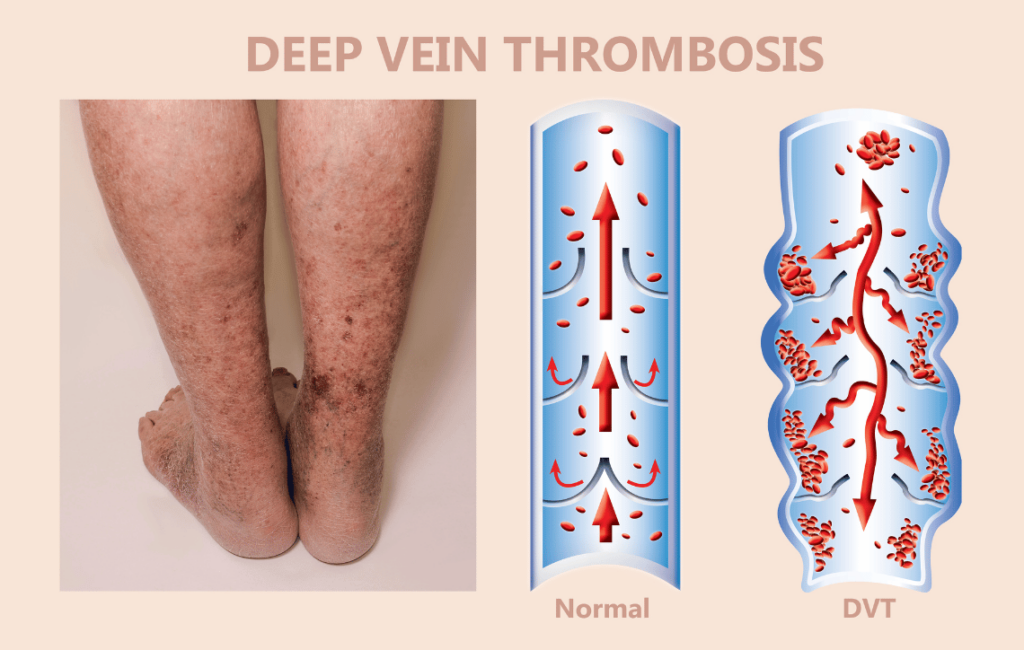Posts by designloud
Living with a Hernia: Understanding the Physical and Emotional Symptoms
Hernias are a common health condition that affects millions around the globe, yet the experience of living with one can feel isolating. This condition, characterized by the protrusion of an organ through an opening in the muscle or tissue that holds it in place, can be distressing not only physically but also emotionally. In this…
Read MoreTinsley Surgical, PA Announces New Vascular Surgical Associate David H. Deaton, MD, FSVS
Wilmington, NC— 5/1/2024 — Tinsley Surgical, PA announces association with David H. Deaton, MD, FSVS, a nationally known academic vascular surgeon and medical device inventor. “A native of Hickory, North Carolina, we are excited for Dr. Deaton to “return home” and provide world class vascular surgical expertise to the patients of southeastern North Carolina with…
Read MoreUnderstanding Varicose Veins Stages: From Mild to Severe
This comprehensive guide delves into the progression of varicose veins, emphasizing the importance of early detection, modern treatments, and lifestyle changes for prevention. Essential reading for affected individuals seeking understanding, and those aiming to proactively manage their health. The Vein Truth: An Introduction to Varicose Veins Varicose veins are enlarged, twisted veins often seen in…
Read MoreThe Causes and Symptoms of a Busted Vein in Your Leg
Vein health is a topic that often goes unnoticed until a problem arises. Deep within your legs, veins tirelessly transport blood back to the heart, but sometimes these vital pathways can become compromised. A “busted vein” is a colloquial term for various conditions that affect the integrity of your leg veins. This post aims to…
Read More5 Tips for Preparing for Your Sclerotherapy Procedure
Sclerotherapy is a popular treatment for varicose and spider veins, not only relieving discomfort but also improving the appearance of affected areas. If you’re considering this procedure or have already scheduled your appointment, preparing effectively can help ensure the best possible outcome and a smoother recovery. This blog post outlines five essential tips to prepare…
Read MoreVaricose Vein Pain vs Other Vascular Conditions: How to Tell the Difference
Varicose veins are a common condition that affects millions of people worldwide, causing swelling, inflammation, pain, and discomfort. Although they are often regarded as a cosmetic issue, varicose veins can sometimes be a sign of a more serious underlying condition. In this blog post, we will explore the key differences between varicose vein pain and…
Read MoreThe Importance of Early Screening for Peripheral Artery Disease
Peripheral Artery Disease (PAD) is a silent yet potentially life-altering condition. Early detection through peripheral artery disease screening can make a world of difference, helping to prevent complications such as limb loss and heart disease. In this blog post, we will delve into the importance of PAD screening and how it contributes to a healthier…
Read MoreWhat To Avoid After Sclerotherapy: Post-Treatment Tips
Sclerotherapy is a medical procedure used to treat spider veins and varicose veins. During sclerotherapy, a solution is injected into the affected veins causing them to collapse and eventually fade away. This procedure is known to be safe and effective. However, like any medical procedure, there are certain things that you need to avoid after…
Read MoreDVT Treatment: Treating a Blood Clot in Leg
Deep vein thrombosis (DVT) is a serious, potentially life-threatening condition that requires prompt treatment. The formation of blood clots in the veins causes swelling, pain, and an increased risk of pulmonary embolism. Fortunately, DVT can be treated at home in many cases. This blog post discusses the various options for treating DVT at home, including…
Read MoreSmoking and It’s Negative Consequences on Your Vascular Health
Smoking helps expedite the buildup of plaque in your heart and blood vessels which decreases blood flow and puts strain on your entire cardiovascular system. Continued buildup of this plaque can lead to Peripheral Artery Disease (PAD), putting you at greater risk for a stroke, heart attacks, and coronary heart disease. As healthcare providers, urging…
Read More

